Interactive floor plan: House 23.2, Canada
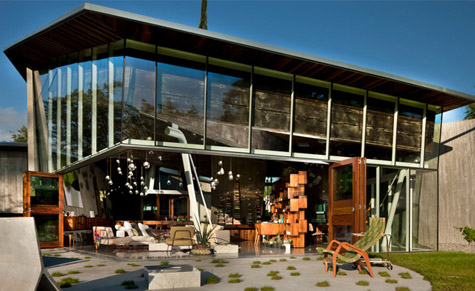
White Rock, a coastal city 45km south of Vancouver, is probably the last place you would expect to find a house that’s as starkly futuristic as the 23.2 House, but look closer and it soon becomes clear that there is a distinct context and reverence for the countryside.
The client, a reclusive candy manufacturing tycoon, first worked with the Vancouver-based architectural firm Omer Arbel Office (or, OAO) on a penthouse interior; and so pleasant was the working relationship on that project that when he purchased the White Rock property – essentially, an operating hay farm – the choice of OAO’s principal Omer Arbel as architect was a given.
Save for three conditions, the brief was open-ended. First, all interior spaces had to connect to exterior spaces. Second, the house had to be only single storey so as not to detract from the gravitas provided by the old growth forest on the land. The third condition was the overt incorporation into the house of a cache of gigantic, hundred year old Douglas fir beams that had been rescued from burned down warehouses.
Almost immediately, it became clear that the beams were the most important poetic engine for the project,' says Arbel,'not just because of our client's sentimental attachment to them, but also because of their strength as artefacts in their own right. Some of these were massive, over a metre deep, 30 metres long, and each milled from one enormous tree.
'It occurred to us that wood of this dimension is no longer available and that we should treat the beams as sacred objects. As such, we decided that we would not cut them or finish them in any way.'
This seemingly simple decision had tremendous ramifications. Because each beam was different from every other beam in terms of length, cross-sectional dimension and structural capacity, Arbel was forced to invent a geometry that would be able to accommodate tangents of different lengths while still being able to make legible domestic space.
The resulting triangular roof frames of 23.2 (the name is a cataloguing reference to the fact that this is the second version of OAO’s 23rd project) create pockets of intimate spaces that fold into internal rooms that, in turn, open into views of trees and pasture, while the whole 11-room structure drapes lightly over the gently sloping land. In the evenings, the house gives the impression of a floating lantern.
Wallpaper* Newsletter
Receive our daily digest of inspiration, escapism and design stories from around the world direct to your inbox.
For the 5-year-old firm, the house is something of a watershed. It was a finalist for the recent World Architectural Awards. And, though it did not win, if OAO continues to produce works of such sensitivity, it could just be a matter of time.
By Daven Wu
Daven Wu is the Singapore Editor at Wallpaper*. A former corporate lawyer, he has been covering Singapore and the neighbouring South-East Asian region since 1999, writing extensively about architecture, design, and travel for both the magazine and website. He is also the City Editor for the Phaidon Wallpaper* City Guide to Singapore.
-
 All-In is the Paris-based label making full-force fashion for main character dressing
All-In is the Paris-based label making full-force fashion for main character dressingPart of our monthly Uprising series, Wallpaper* meets Benjamin Barron and Bror August Vestbø of All-In, the LVMH Prize-nominated label which bases its collections on a riotous cast of characters – real and imagined
By Orla Brennan
-
 Maserati joins forces with Giorgetti for a turbo-charged relationship
Maserati joins forces with Giorgetti for a turbo-charged relationshipAnnouncing their marriage during Milan Design Week, the brands unveiled a collection, a car and a long term commitment
By Hugo Macdonald
-
 Through an innovative new training program, Poltrona Frau aims to safeguard Italian craft
Through an innovative new training program, Poltrona Frau aims to safeguard Italian craftThe heritage furniture manufacturer is training a new generation of leather artisans
By Cristina Kiran Piotti
-
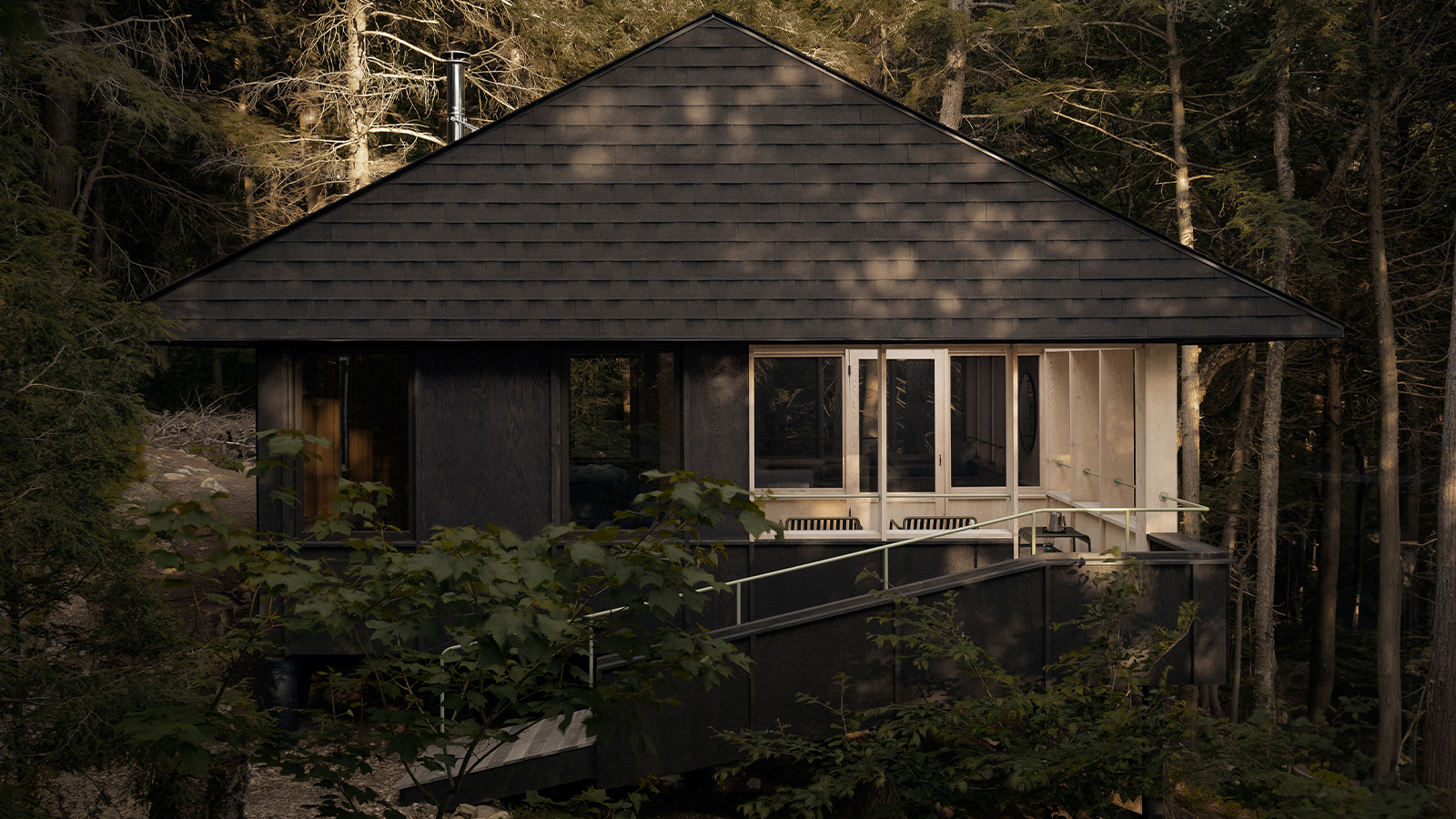 Smoke Lake Cabin is an off-grid hideaway only accessible by boat
Smoke Lake Cabin is an off-grid hideaway only accessible by boatThis Canadian cabin is a modular and de-mountable residence, designed by Anya Moryoussef Architect (AMA) and nestled within Algonquin Provincial Park in Ontario
By Tianna Williams
-
 Ten contemporary homes that are pushing the boundaries of architecture
Ten contemporary homes that are pushing the boundaries of architectureA new book detailing 59 visually intriguing and technologically impressive contemporary houses shines a light on how architecture is evolving
By Anna Solomon
-
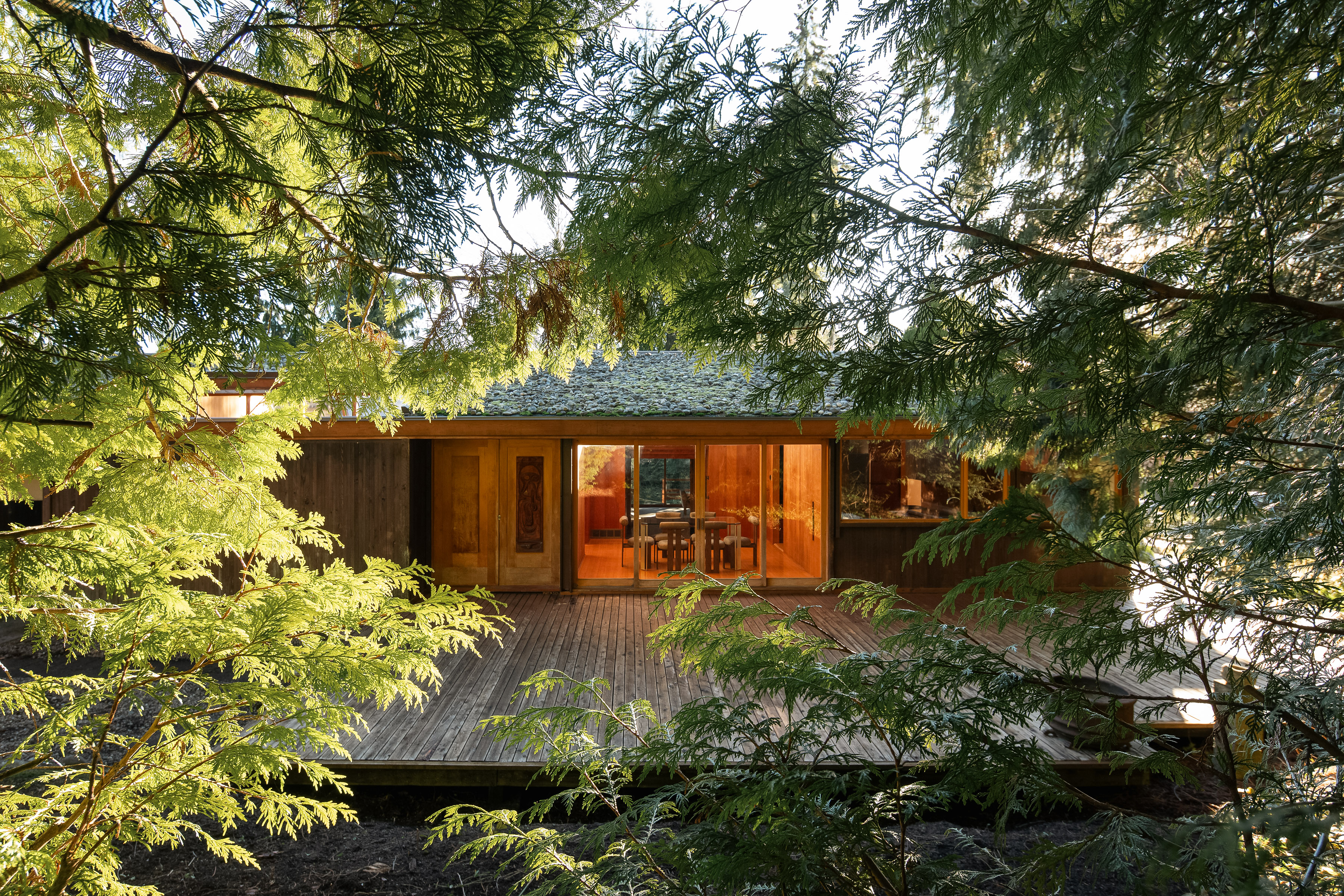 Explore the Perry Estate, a lesser-known Arthur Erickson project in Canada
Explore the Perry Estate, a lesser-known Arthur Erickson project in CanadaThe Perry estate – a residence and studio built for sculptor Frank Perry and often visited by his friend Bill Reid – is now on the market in North Vancouver
By Hadani Ditmars
-
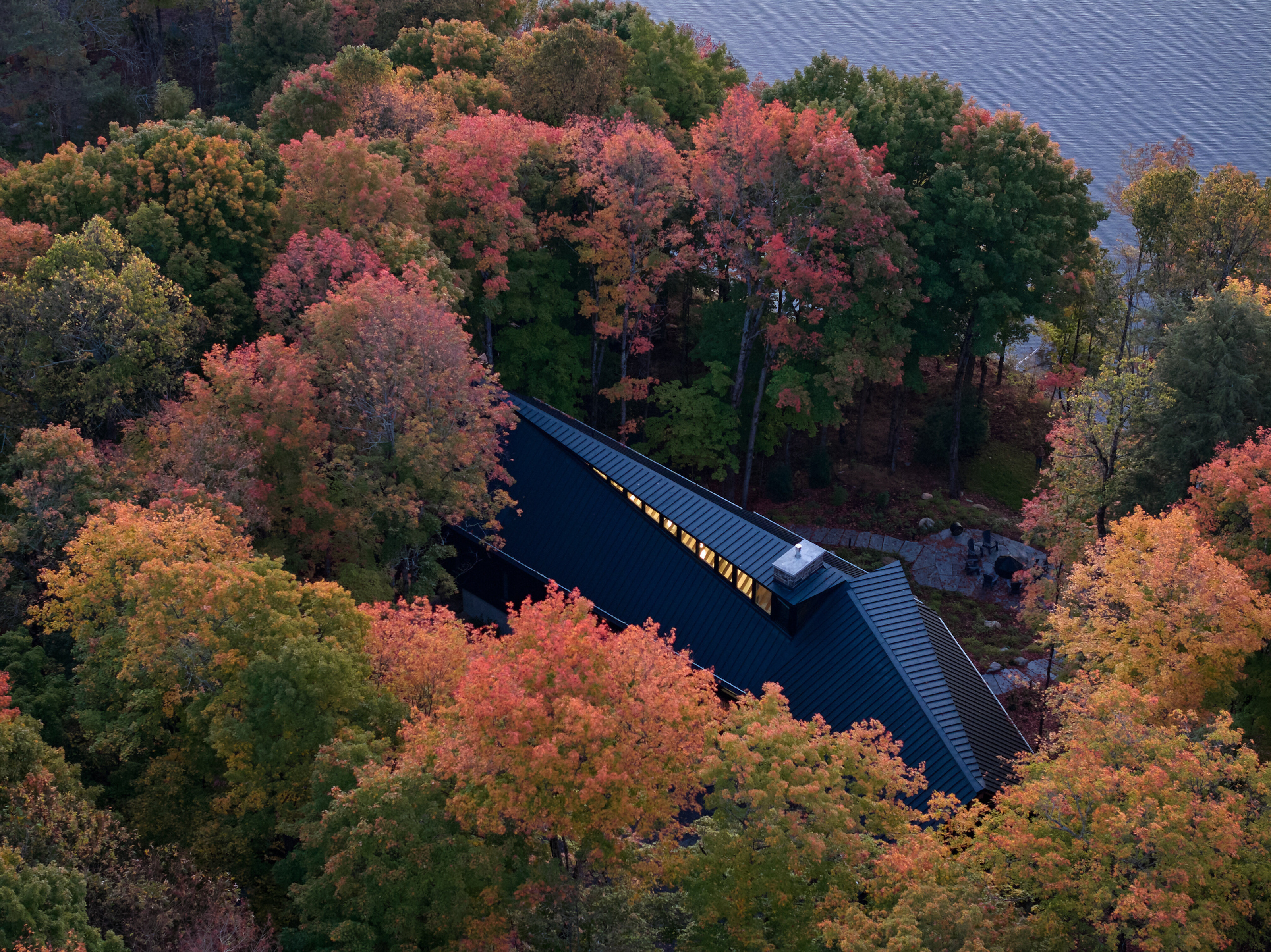 A new lakeshore cottage in Ontario is a spectacular retreat set beneath angled zinc roofs
A new lakeshore cottage in Ontario is a spectacular retreat set beneath angled zinc roofsFamily Cottage by Vokac Taylor mixes spatial gymnastics with respect for its rocky, forested waterside site
By Jonathan Bell
-
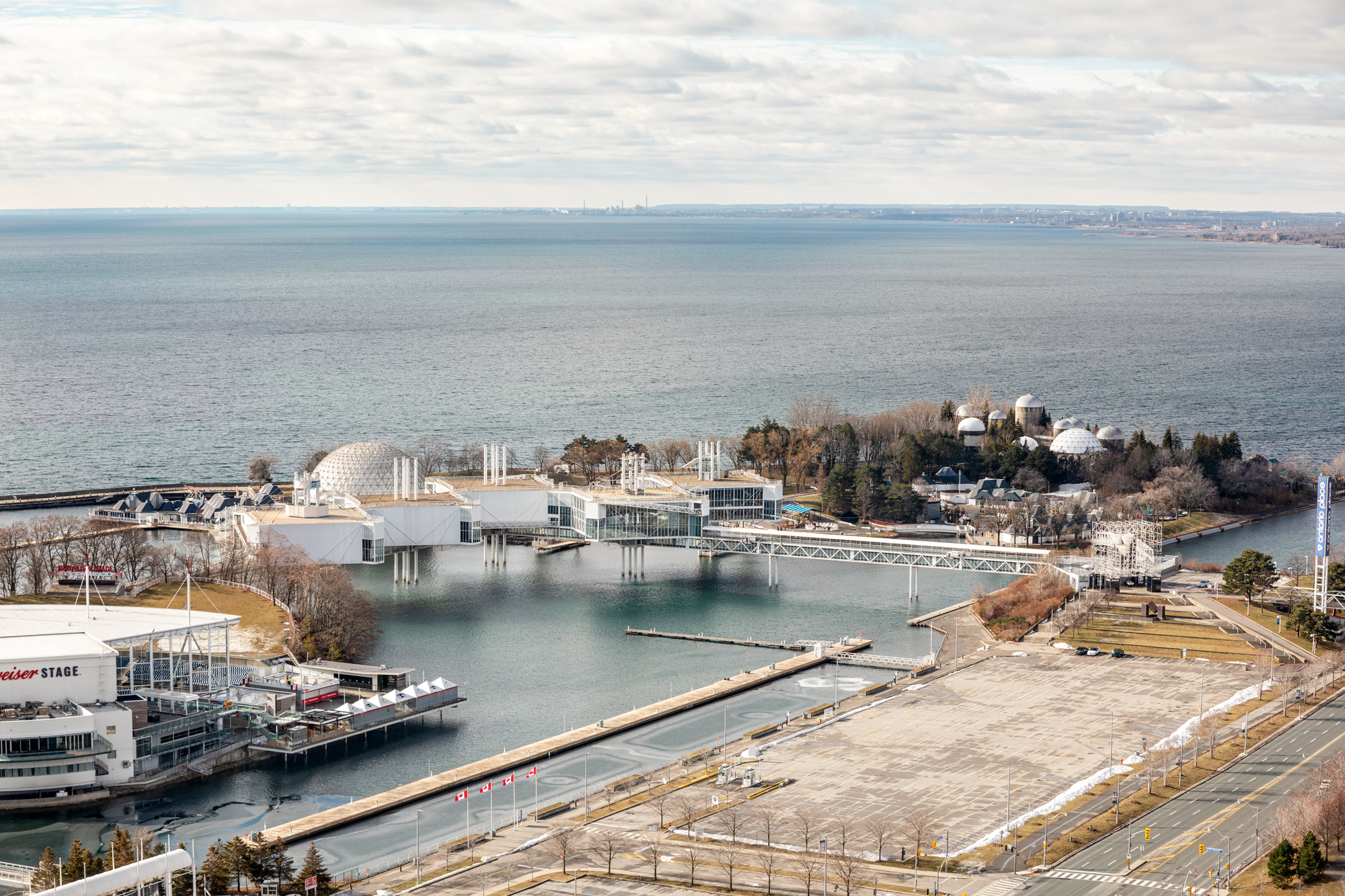 We zoom in on Ontario Place, Toronto’s lake-defying 1971 modernist showpiece
We zoom in on Ontario Place, Toronto’s lake-defying 1971 modernist showpieceWe look back at Ontario Place, Toronto’s striking 1971 showpiece and modernist marvel with an uncertain future
By Dave LeBlanc
-
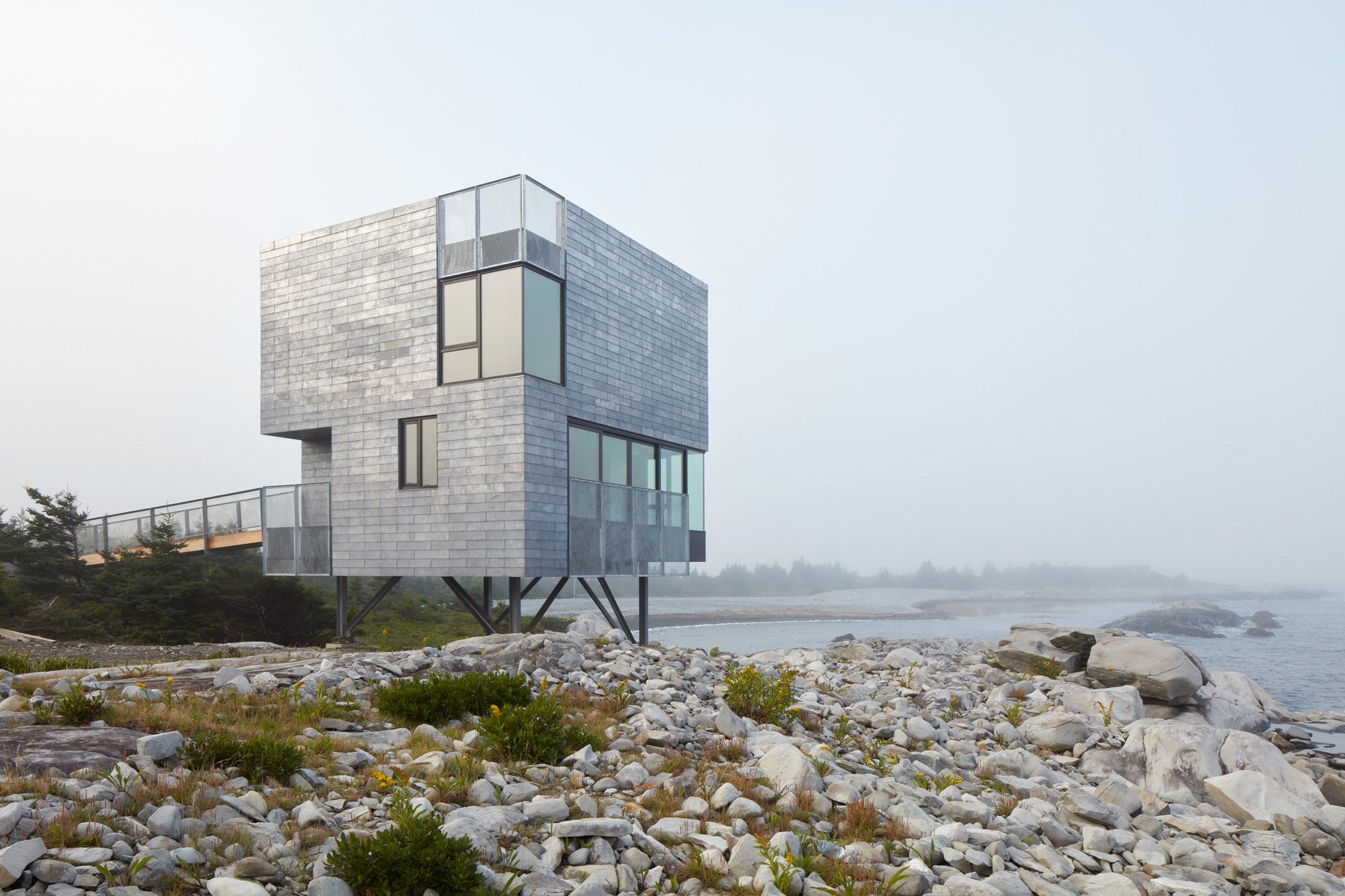 This Canadian guest house is ‘silent but with more to say’
This Canadian guest house is ‘silent but with more to say’El Aleph is a new Canadian guest house by MacKay-Lyons Sweatapple, designed for seclusion and connection with nature, and a Wallpaper* Design Awards 2025 winner
By Ellie Stathaki
-
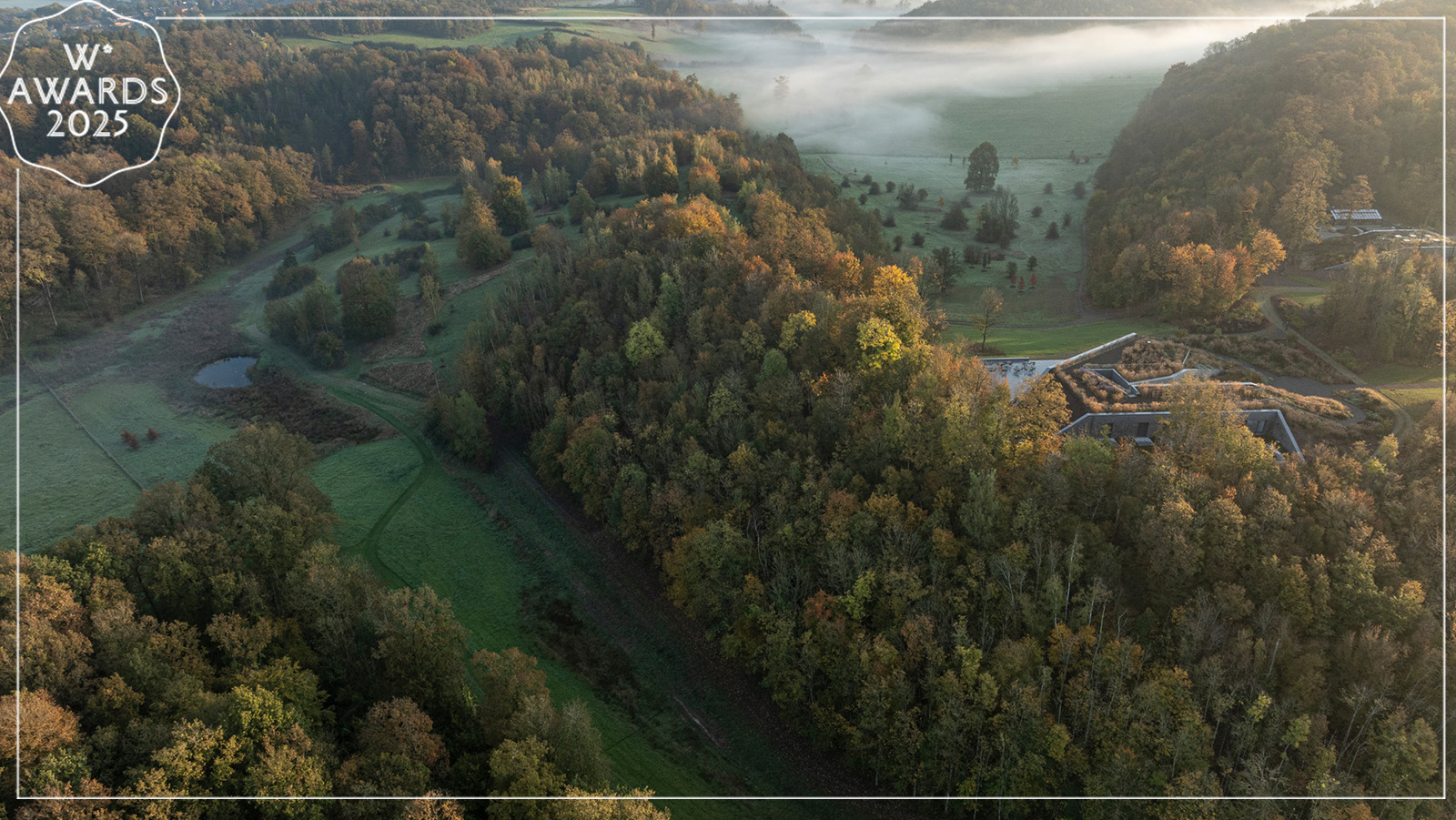 Wallpaper* Design Awards 2025: celebrating architectural projects that restore, rebalance and renew
Wallpaper* Design Awards 2025: celebrating architectural projects that restore, rebalance and renewAs we welcome 2025, the Wallpaper* Architecture Awards look back, and to the future, on how our attitudes change; and celebrate how nature, wellbeing and sustainability take centre stage
By Ellie Stathaki
-
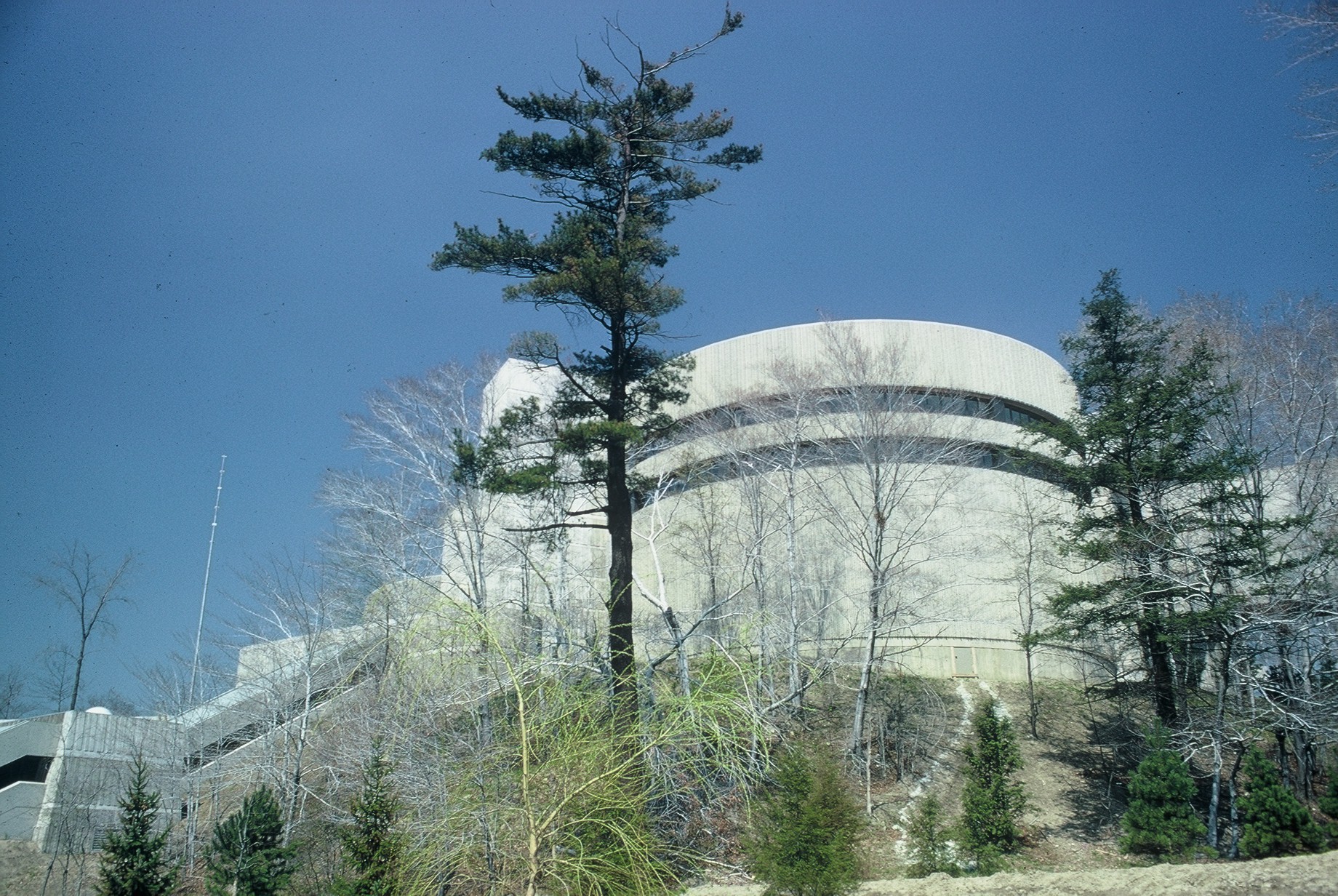 The case of the Ontario Science Centre: a 20th-century architecture classic facing an uncertain future
The case of the Ontario Science Centre: a 20th-century architecture classic facing an uncertain futureThe Ontario Science Centre by Raymond Moriyama is in danger; we look at the legacy and predicament of this 20th-century Toronto gem
By Dave LeBlanc